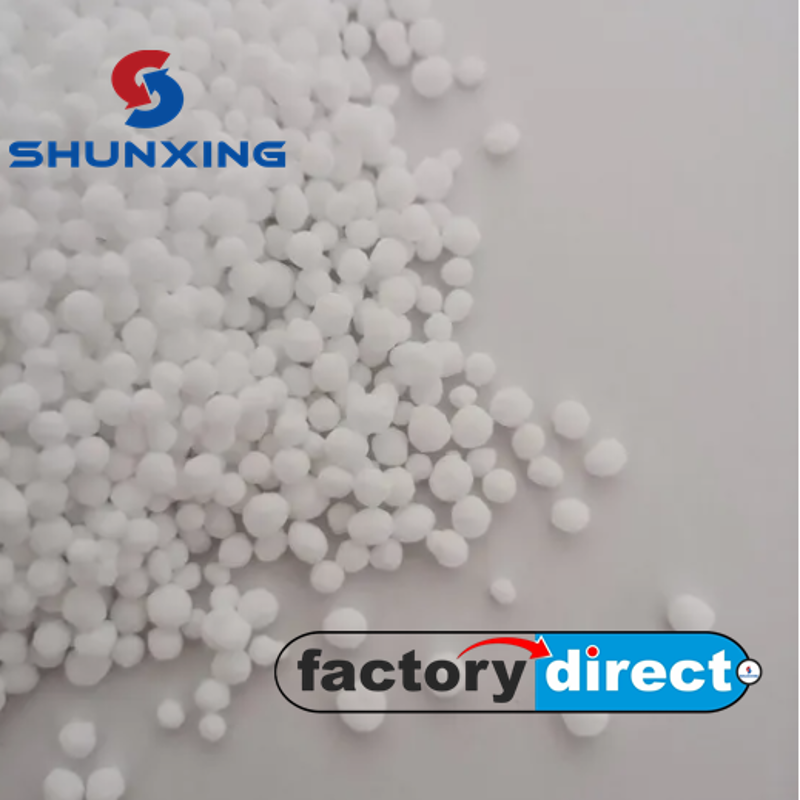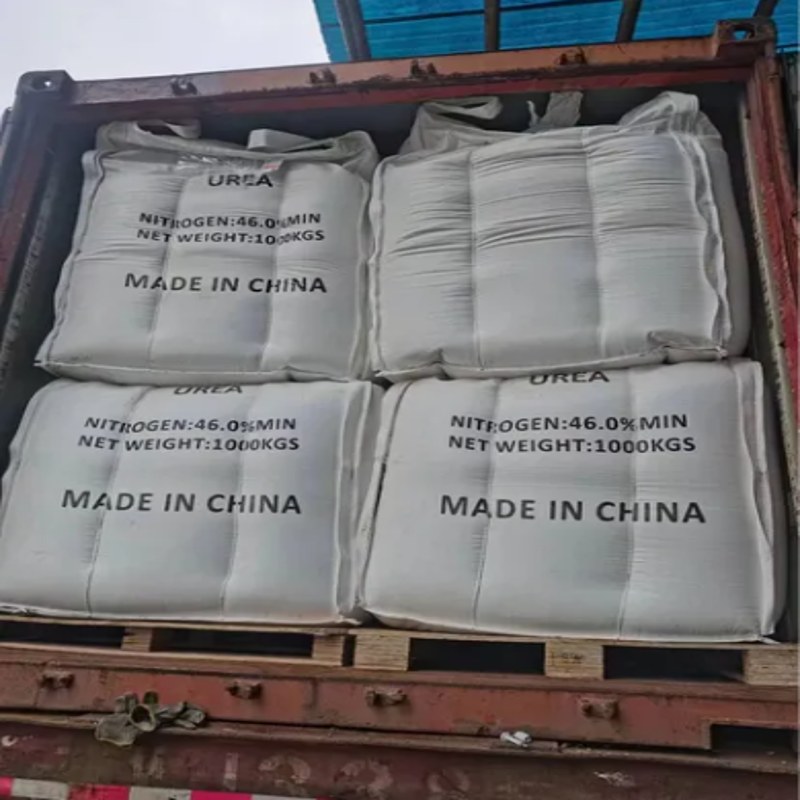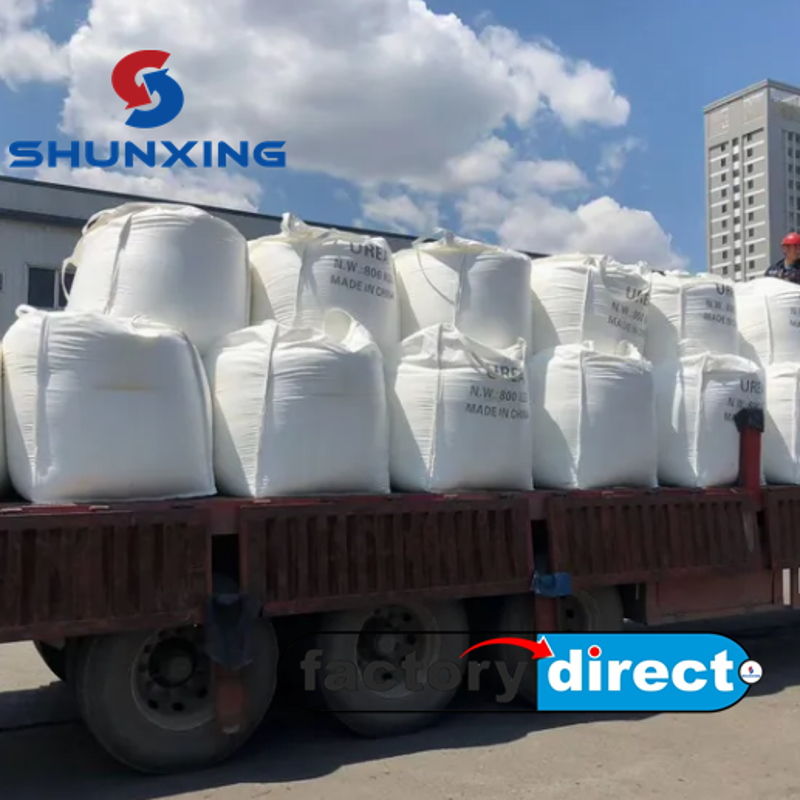-
Categories
-
Pharmaceutical Intermediates
-
Active Pharmaceutical Ingredients
-
Food Additives
- Industrial Coatings
- Agrochemicals
- Dyes and Pigments
- Surfactant
- Flavors and Fragrances
- Chemical Reagents
- Catalyst and Auxiliary
- Natural Products
- Inorganic Chemistry
-
Organic Chemistry
-
Biochemical Engineering
- Analytical Chemistry
-
Cosmetic Ingredient
- Water Treatment Chemical
-
Pharmaceutical Intermediates
Promotion
ECHEMI Mall
Wholesale
Weekly Price
Exhibition
News
-
Trade Service
In 2015, the global pesticide market sales amounted to 51.
210 billion U.
S.
dollars, a decrease of 9.
6% compared with 2014, a record low in 10 years, and the global pesticide market fell into a "cold winter"
.
In 2015, the sales of fungicides in the market fell by 6.
7% compared with 2014, reaching 15.
348 billion U.
S.
dollars, accounting for 26.
7% of the total market share, mainly due to the dry weather in northern Europe, severe weather in North America and the decline in crop prices
.
Sales of fungicides in soybean fields increased in 2015
.
Although the overall sales of fungicides decreased compared with 2014, the growth rate of fungicides has been the fastest in the past 5 and 10 years
.
Methoxyacrylate fungicides are the number one fungicide category that has emerged in recent years
.
Its 2015 sales were 3.
579 billion U.
S.
dollars, accounting for 6.
2% of the global pesticide market and 23.
3% of the entire fungicide market
.
This is a decrease of 4.
4% compared to 2014
.
Succinate dehydrogenase inhibitor fungicides are a category of fungicides with a "milestone" type
.
In 2015, the sales market of such fungicides was US$1.
576 billion, accounting for 2.
7% of the global pesticide market; 10.
3% of the entire fungicides market; an increase of 14.
9% from 2014
.
In the case of overall sales decline, this type of fungicides still sprung up and grew rapidly
.
The fungicide market seems to be calm and steadily growing, but in fact, the undercurrent is surging.
The research and development and production of new high-efficiency fungicides by major companies are also in full swing
.
On May 24, 2017, Agrow published that Shenyang Sinochem Pesticide Chemical R&D Co.
, Ltd.
and Syngenta launched a research and development cooperation on pyrimidinamine fungicides, opening a new chapter in pyrimidinamine fungicides
.
As early as 1957, there were reports on pyrimidinamine compounds.
Many pesticide companies in the world (such as Syngenta, Bayer, Dow AgroSciences, BASF, DuPont, and many Japanese companies, etc.
) have conducted research and continued research.
For 60 years (there are still patent reports in 2017)
.
However, due to toxicity issues, such products may not be industrialized or the market competitiveness is not strong
.
Through nearly 10 years of research, Liu Changling's team has successfully solved the worldwide problem of pyrimidinamine compounds through the iterative upgrade of three generations of compounds, greatly reduced the toxicity of such products, and overcome the obstacles that lie in front of multinational companies in one fell swoop
.
They discovered a number of pyrimidinamine compounds, such as SYP-2810, SYP-4773, SYP-4777, etc.
These products are not only novel in structure and low in toxicity (the acute toxicity is lower than that of table salt), but also have a broad spectrum and excellent Effectiveness, the prevention and control effect of related diseases such as downy mildew and powdery mildew is better than that of the best effective agents on the market.
It has significant cost-effective advantages.
It has applied for domestic and foreign patents and is currently under development.
The commercialization prospect is very good
.
According to incomplete statistics, the global downy mildew-related market is about 1.
5 billion U.
S.
dollars, and the powdery mildew-related market is about 2 billion U.
S.
dollars, providing a broad space for the market development of pyrimidinamine fungicides
.
Pyrimidine amine fungicides may also become mainstream products in the fungicides market in the future
.
Become another dark horse after succinate dehydrogenase inhibitors and methoxy acrylate fungicides
.
210 billion U.
S.
dollars, a decrease of 9.
6% compared with 2014, a record low in 10 years, and the global pesticide market fell into a "cold winter"
.
In 2015, the sales of fungicides in the market fell by 6.
7% compared with 2014, reaching 15.
348 billion U.
S.
dollars, accounting for 26.
7% of the total market share, mainly due to the dry weather in northern Europe, severe weather in North America and the decline in crop prices
.
Sales of fungicides in soybean fields increased in 2015
.
Although the overall sales of fungicides decreased compared with 2014, the growth rate of fungicides has been the fastest in the past 5 and 10 years
.
Methoxyacrylate fungicides are the number one fungicide category that has emerged in recent years
.
Its 2015 sales were 3.
579 billion U.
S.
dollars, accounting for 6.
2% of the global pesticide market and 23.
3% of the entire fungicide market
.
This is a decrease of 4.
4% compared to 2014
.
Succinate dehydrogenase inhibitor fungicides are a category of fungicides with a "milestone" type
.
In 2015, the sales market of such fungicides was US$1.
576 billion, accounting for 2.
7% of the global pesticide market; 10.
3% of the entire fungicides market; an increase of 14.
9% from 2014
.
In the case of overall sales decline, this type of fungicides still sprung up and grew rapidly
.
The fungicide market seems to be calm and steadily growing, but in fact, the undercurrent is surging.
The research and development and production of new high-efficiency fungicides by major companies are also in full swing
.
On May 24, 2017, Agrow published that Shenyang Sinochem Pesticide Chemical R&D Co.
, Ltd.
and Syngenta launched a research and development cooperation on pyrimidinamine fungicides, opening a new chapter in pyrimidinamine fungicides
.
As early as 1957, there were reports on pyrimidinamine compounds.
Many pesticide companies in the world (such as Syngenta, Bayer, Dow AgroSciences, BASF, DuPont, and many Japanese companies, etc.
) have conducted research and continued research.
For 60 years (there are still patent reports in 2017)
.
However, due to toxicity issues, such products may not be industrialized or the market competitiveness is not strong
.
Through nearly 10 years of research, Liu Changling's team has successfully solved the worldwide problem of pyrimidinamine compounds through the iterative upgrade of three generations of compounds, greatly reduced the toxicity of such products, and overcome the obstacles that lie in front of multinational companies in one fell swoop
.
They discovered a number of pyrimidinamine compounds, such as SYP-2810, SYP-4773, SYP-4777, etc.
These products are not only novel in structure and low in toxicity (the acute toxicity is lower than that of table salt), but also have a broad spectrum and excellent Effectiveness, the prevention and control effect of related diseases such as downy mildew and powdery mildew is better than that of the best effective agents on the market.
It has significant cost-effective advantages.
It has applied for domestic and foreign patents and is currently under development.
The commercialization prospect is very good
.
According to incomplete statistics, the global downy mildew-related market is about 1.
5 billion U.
S.
dollars, and the powdery mildew-related market is about 2 billion U.
S.
dollars, providing a broad space for the market development of pyrimidinamine fungicides
.
Pyrimidine amine fungicides may also become mainstream products in the fungicides market in the future
.
Become another dark horse after succinate dehydrogenase inhibitors and methoxy acrylate fungicides
.







